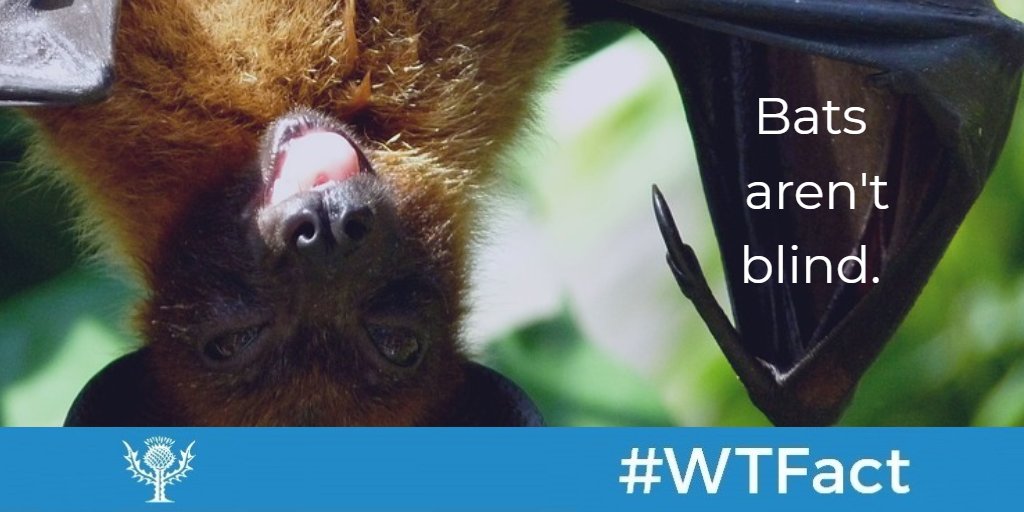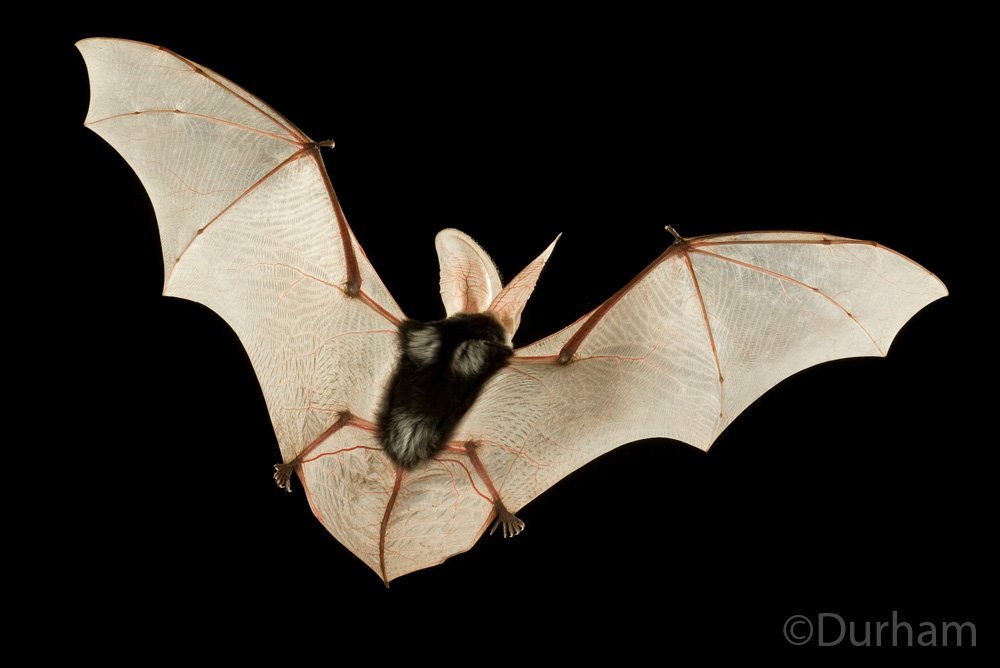

They found various mutations in the bat genomes that effected SWS1 gene function, with a completely nonfunctional gene found in two species.

In the study, the authors have shown, among the 111 species examined, the loss of SWS1 gene function is more common in bats than previously thought and suggests that this may be associated with the adoption of cave roosting first traced back to almost 30 My. The research team’s opsin gene analyses surveyed the largest dataset to date in bats, representing 20 out of 21 bat existing families that were primarily chosen for their diverse echolocation types and ecological niches. To better understand the sources of these tradeoffs, the research team performed DNA sequencing and analyzed the key vision genes in bats, including the SWS1 (short wavelength sensitive, for blue/UV light) and MWS/LWS (medium or long wavelength sensitive, for green, yellow and red light) opsin genes.Īn opsin gene’s job is to make the photosensitive retina proteins that can turn photons of light into sight to see particular wavelengths. It has long been argued by scientists that tradeoffs to bat vision were made as a result of this gaining this unique nocturnal sensory adaptation. “Using phylogenetics and molecular biology we are now able to delve more deeply into the evolutionary price of acquiring echolocation and nocturnality.”īats are not just the only mammals that can truly fly, but also the only ones to rely on echolocation to make their way at finding prey in the dark. “Bats’ sensory abilities have long been a source of fascination for evolutionary biologists,” said Emma Teeling, the corresponding author of the study. This suggests that not all bats are blind but some certainly have selected other senses over vision. Some bats that have the most advanced type of echolocation appear to have traded UV vision for exquisite hearing, and all bats that do not echolocate but live in caves have also lost UV vision. They show that the popular expression of being “blind as a bat” really does not hold true. (2019) has examined this question in the evolution of color vision genes across a large and diverse group of bat species. They hang upside down to hibernate and even upon death.Could bats’ cave-dwelling nocturnal habits over eons enhanced their echolocation acoustic abilities, but also spurred their loss of vision?Ī new study led by Simões et al.

To sleep, bats hang themselves upside down in a cave or hollow tree, with their wings draped around their bodies like cloaks. Why do bats hang upside down?īecause of their unique physical abilities, bats can safely roost in places where predators cannot get them. Ears are mostly sensitive to sound frequencies between 500 Hz and 6 kHz, overlapping the hearing range of humans. Many Nymphalidae butterflies have ears and scientists have confirmed hearing in several species using neuroanatomical and neurophysiological methods. The animals could be used to model human deafness and help develop treatments. Naked mole rats have poor hearing because, unlike other mammals, they have abnormal outer hair cells that can't amplify sound. Naked mole rats are nearly deaf because their ears can't amplify sound. High intensity echolocation calls areespecially conspicuous, providing people with an excellent way of”eavesdropping” on bats. A bat detector, however, can make thesesignals audible to humans. The echolocation calls of most bat species are beyond therange of human hearing. They hang upside down to hibernate and even upon death.

Why do bats sleep upside down?īecause of their unique physical abilities, bats can safely roost in places where predators cannot get them. Bats can see as well as humans can, but they have evolved a sophisticated method of using sound that enables them to navigate and find food in the dark called echolocation. Some bats are also capable of visual pattern discrimination, which may assist fruit or nectar bats in finding food." Taken literally, the comment, "you are as blind as a bat," should mean that you have excellent vision in low light conditions, although it is usually meant to imply you have bad vision overall. Are there deaf bats?Įcholocating bats have noise-cancelling genes that may help explain why they don't go deaf despite producing very loud ultrasonic sounds as they fly. "Intriguingly, in some species, females have higher hearing sensitivity than males in the low frequency range," Martina Nagy adds. In contrast to amplitude coding, the bats' hearing sensitivity is equally good at both high and low frequency ranges.


 0 kommentar(er)
0 kommentar(er)
